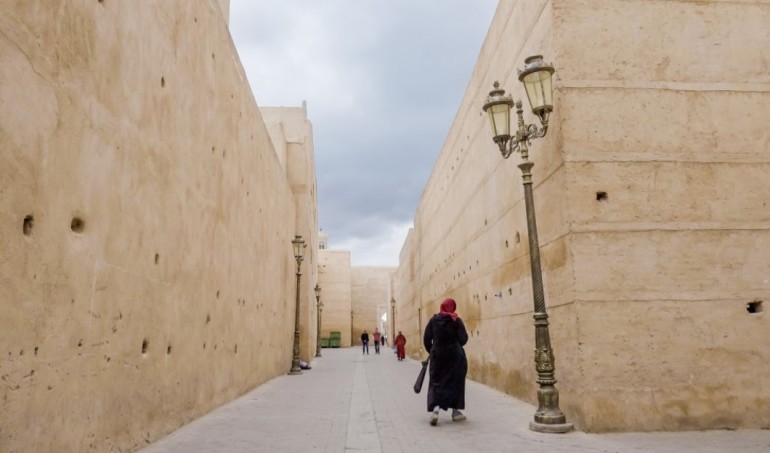Sponsored Listings:
The tourism sector in Morocco and Tunisia had a double-digit growth last year (2019), a rare occurrence in the field. Nine per cent (9%) more visitors for the two North African tourism engine nations, Tunisia and Morocco, could have been expected to blow the cork on this issue. Due to coronavirus, the situation is quite different.
Morocco and Tunisia have an extremely rich and varied tourist heritage. In addition to their exceptional and world-famous historical sites, the two countries have a great variety of geography in terms of their flora and fauna as well as seaside resorts that delight European, American and Asian holidaymakers, especially those from the Gulf countries.
In this region of the world, the coronavirus pandemic that is ravaging the planet has practically extinguished certain sectors, including the tourism sector, which contributes to about 8% of the GDP in Morocco and 14% in Tunisia, thus raising the risk of default on a large part of the economic fabric of both countries.
The stake for the survival of the sector is, after having reached the bottom, to try to bounce back by preparing a recovery, whatever the consequences that will be suffered, knowing that there will be nothing to be drawn from the current exercise.
70% of the revenues of the tourism sector come from international tourists. Local experts expect the industry to revive in November 2020.
In Morocco, a recovery plan has been developed and communicated to professionals, but it is still necessary that the success is there, including an influx of tourists, nationals of course, who are invited in all languages to “consume local”, but for what offer?
For the repositioning or redefinition of the Moroccan tourist product, it will be necessary to come back and wait for the reopening of the borders. Spain and Germany have opened the air borders with Tunisia, but not Morocco.
In Tunisia, the borders are reopening on June 27th. “We are not expecting our best year, and we are not going to hide the fact that 2020 is over. It is a new hard blow which comes to hit us while we were just recovering from the events of Tunis and Sousse in 2015,” said a consultant and adviser in tourism in Tunisia, Abdelhak Ben Laater.
Regarding the recovery after this sudden stop due to the coronavirus (Covid-19), Ben Laater is rather pessimistic. “There, we no longer have any positive outlook with respect to the tourism sector. Everything will depend on the resumption of air travel, perhaps during the summer in July, August, September, we don’t know. Of course, we are the first Maghreb country to have reopened the borders, but commercial flights are barely resuming”.

The majority of tourists come from the Maghreb (especially Algeria) and Europe (France, Germany, Italy, Great Britain…). The Tunisian authorities estimate the shortfall at 1.5 billion euros. Many tourism companies affected by the crisis are expected to close down because they do not expect any help from the State.
According to the government report, anyone wishing to travel to Tunisia will be classified according to the country of origin. A color will be assigned to the person, green, orange and grey, in order to counter a new wave of Covid-19 contamination. The first group (green color) concerns countries with low contamination. Nationals of these countries will not be subject to any specific measures and will be free to travel without any requirements. The second group (orange) involves countries with medium contagion. Nationals of these countries are required to present an RT-PCR test carried out 72 hours before travel and 120 hours maximum on arrival. For this category, confinement is not mandatory.
Finally, the third group (grey) concerns Tunisians and tourists wishing to stay in hotels. The latter must be subject to the Tunisian tourism health protocol and must travel in tourist buses in strictly supervised groups. Tunisians living abroad and foreigners residing in Tunisia must have a Covid-19 test carried out 72 hours before travel, and must also undertake in writing to comply with compulsory confinement for 14 days at home. Hotels will only fill up to 50% of their capacity and rooms will only be allocated after sterilizations 48 hours after the departure of the last customer.
Source: tourism-review.com










